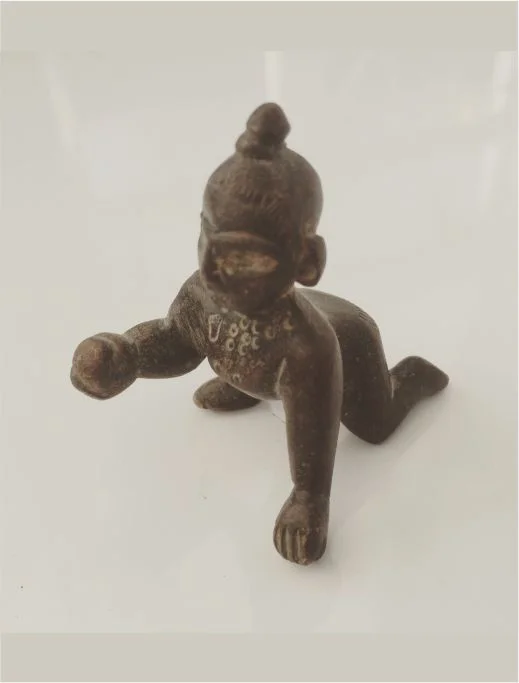Mad About Mudlarking

Mad about Mudlarking
In 1851, Henry Mayhew, a journalist and social commentator, delved deep into the world of London’s poorest people, recording his results in his book, London Labour and the London Poor. This is what he discovered about the mudlarks, making a living from what they could find on the Thames foreshore:
‘The mudlarks generally consist of boys and girls, varying in age from eight to fourteen or fifteen. For the most part they are ragged, and in a very filthy state. As soon as the tide is out they make their appearance, and remain till it comes in. These mudlarks are generally strong and healthy, though their clothes are in rags. ‘ Mayhew interviewed one mudlark, who had this to say:
‘Some of the mudlarks are orphan boys and have no home. In the summer time they often sleep in the barges or in sheds or stables or cow-houses, with their clothes on. Some of them have not a shirt, others have a tattered shirt which is never washed, as they have no father nor mother, nor friend to care for them.
The mudlarks generally have a pound of bread to breakfast, and a pint of beer when they can afford it. They often have no dinner, but when they are able they have a pound of bread and 1d. worth of cheese. The boys who are out all night lie down to sleep when it is dark, and rise as early as daylight. When they have money they take a bed in a low lodging-house for 2d. or 3d.* a night.
The mudlarks are generally good swimmers. When a bargeman gets hold of them in his barge on the river, he often throws them into the river, when they swim ashore and take off their wet clothes and dry them. They are often seized by the police in the middle of the river, and thrown overboard, when they swim to the shore. I have been chased twice by a police galley.’ In other words, life was incredibly tough for them, and no one, not even the police, helped them.
Today, it’s different. Mudlarking is a fantastic hobby** that allows you to find and touch history. I’ve found artefacts made by Roman invaders, two thousand years ago; medieval pottery still indented with the fingerprints of the original maker; Tudor pins and nails and countless bits and pieces from the everyday lives of everyday Londoners.
I’ve included some photos of some of my finds. They provide me with endless inspiration for writing, and provide the basis for my school visits where I deliver workshops based on creative writing. What would you write about these little pieces of history?




